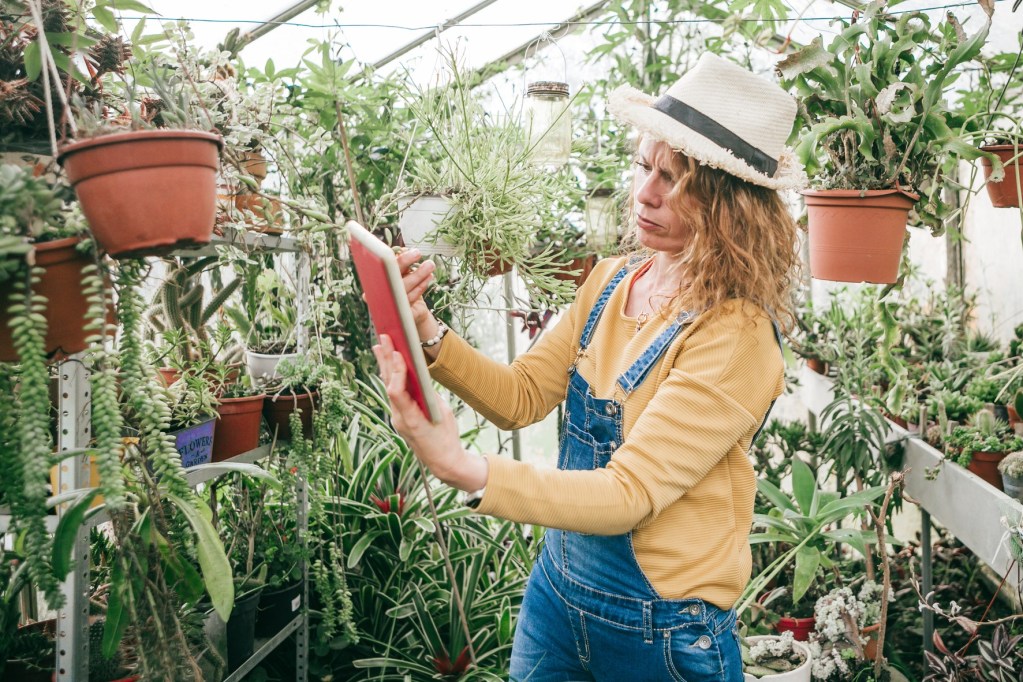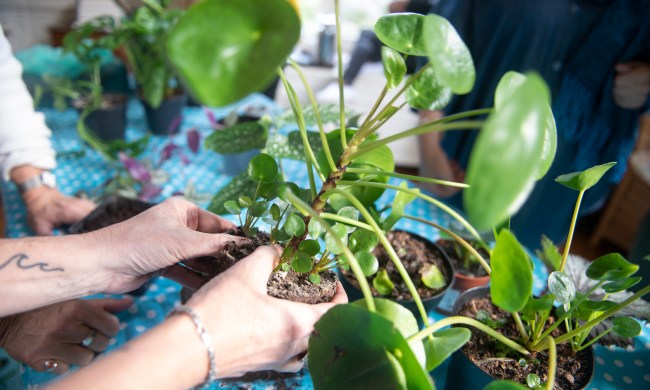There are tools to help with just about every aspect of gardening, from the most basic shovel to the highest tech gadgets. However, some of the newest gardening tools just might be on your phone; if you have an iPhone, that is. iOS 15 brings with it a host of useful updates that can make life easier for users, but you may be wondering how it can help you with your garden. While you might be able to find a use for many of the new features in your garden, we’ve found four in particular with a lot of potential.
Focus
The Focus feature is a handy tool to cut out distractions and, as the name suggests, focus. Essentially, it allows you to filter your notifications, choosing which apps can still notify you and which are stopped. You can even create multiple Focus listings with different names and notification settings, so you don’t need to worry about manually altering your permission list for recurring activities.
If you enjoy gardening without interruptions, then you may already see the benefit of Focus. Many gardeners use their time in the garden to relax and get away from some of the stress of day-to-day life. Nothing disturbs that peace quite like the ding, buzz, or light of a phone, and there’s nothing as frustrating as checking your phone only to find that the notification was something completely irrelevant. You can use Focus to reclaim that tranquility by setting up a Focus for gardening, filtering out the notifications you don’t need, and switching it on whenever you step out into your garden.

Live Text
Live Text is a feature which recognizes text in photos and lets you interact with it. You can use it to copy and paste, search, or translate text, including handwriting. Live Text can be used on photos you’ve taken, but also on screenshots and in live previews using the phone’s camera.
This can be useful in any number of situations, but, in regards to gardening, it’s particularly useful when dealing with signs. Nurseries, parks, botanical gardens, and gardening stores are all known to use signs or labels to identify plants. Sometimes the signs will have helpful information about the plants, but other times they only list the plant’s scientific name. The scientific names can be tricky to spell, or take a while to type, but now you can use Live Text to take that name straight from a photo to your search bar.
Safari
Safari is the web browser that comes standard on Apple products, and it, too, has gotten some new features with the iOS 15 update. One of these changes is a redesign that makes Safari easier to navigate with only one hand. This is great for busy people who might need to make a quick search while on the move.
Gardening can sometimes be a handful, literally, so a browser that can be used one-handed can come in handy. It’s helpful if you have one hand occupied with holding plants or tools, but gardening can also be a bit messy. If you have a hand covered in dirt, compost, or water, you probably won’t want to use your phone with that hand. While you can wash your hand before touching your screen, that’s a bit impractical if you just need to make a quick internet search.

Visual Lookup
Visual Lookup works similarly to Live Text, except instead of recognizing text in an image, it recognizes objects or things. Using Visual Lookup, you can find information about something even if you don’t know what the thing you’re curious about is called, simply by snapping a quick picture of it.
If you’re out and about, this feature can be extremely useful for identifying plants. Since all you need is a picture, you can easily identify plants in forests, parks, or even gardens. That’s not all you can use it for, though. There are plenty of strange looking insects to be found in gardens, and Visual Lookup might be able to help you figure out what they are and if they’re friend or foe.
Ultimately, how useful a tool is depends on how you use it. These four tools, though, have the potential to improve your daily gardening routine. Focus, Live Text, Visual Lookup, and the Safari redesign have many practical uses, both in and out of the garden. Try them out next time you step out to do some gardening, and see what they can do for you.



